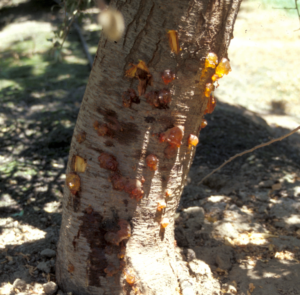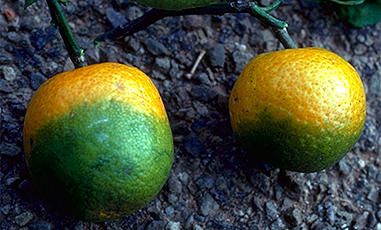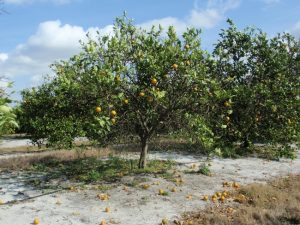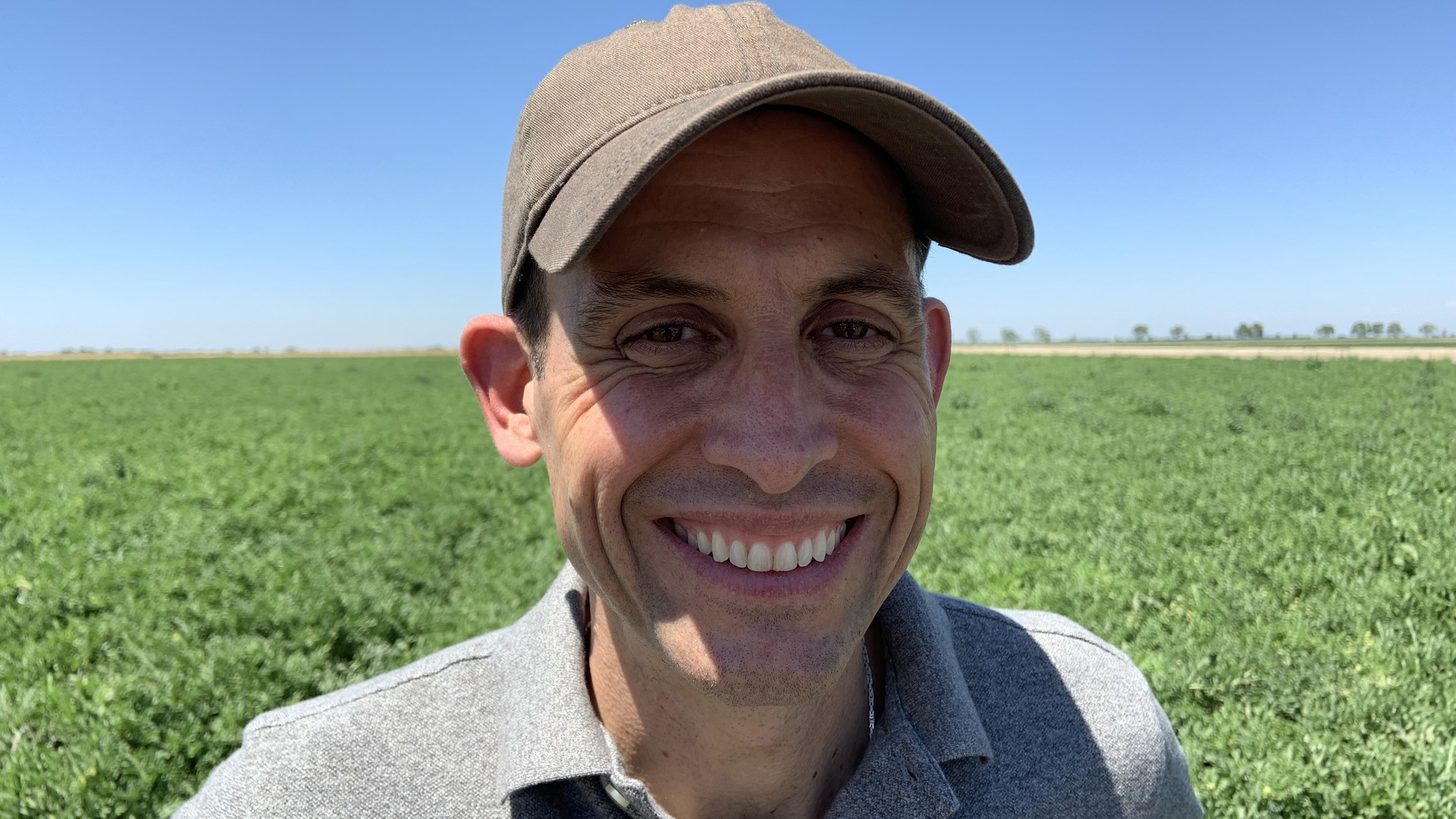Crop Protection
Cal Poly Strawberry Center Honored for Innovation in Pest Management
By Jeff Cardinale
As the 4th most valuable crop in California, the strawberry industry continues to advance in many ways, including innovative methods of pest management. The California Department of Pesticide Regulation (DPR) honored the Cal Poly Strawberry Center for its innovation and commitment to implementing IPM (Integrated Pest Management) during the IPM Achievement Awards ceremony today.
The Cal Poly Strawberry Center improves IPM and sustainability in strawberry production through prolific research and outreach programs with a focus on plant pathology, entomology, and labor automation. The center is conducting ongoing research to increase commercial beneficial predatory mite quality and improving the Lygus bug vacuum as alternatives to traditional pesticides. The center also provides IPM training for undergraduate and graduate students who plan to advance to positions within the strawberry industry and carry the center’s IPM and sustainability philosophy throughout California and beyond.
“On behalf of the Cal Poly Strawberry Center, it is an honor to accept this award and to be recognized by DPR as a leader in the use of sustainable pest management methods. The Strawberry Center is proud to be a part of this industry, helping develop IPM solutions through applied research and training students along the way,” said Dr. Gerald Holmes, Cal Poly Strawberry Center Director.
IPM is an approach to pest management that uses the least toxic, effective method to solve pest problems. The Strawberry Center’s work on advancing technology and efficiency of the bug vacuum is just one example of a non-chemical solution to pest management in the strawberry industry.
“California strawberries are grown on less than one percent of all California farmland. Despite this small footprint, pest control is critical to sustainable farm practices. The California Strawberry Commission and the Strawberry Center are constantly working to provide California strawberry family farming operations with the best tools to combat pests and do so with safer and more sustainable pest management practices,” said Rick Tomlinson, Strawberry Commission President.
The Strawberry Center is a partnership between the Commission and Cal Poly that began in 2013. The initial team began conducting research on soil-borne pathogens and fumigation alternatives, two critical pressing issues facing the industry. Over the last 10 years, the Strawberry Center has expanded its research to three main programs: plant pathology, entomology, and automation.
Through innovative research, California strawberry farmers are expanding sustainable farming practices. Ongoing partnerships provide ample opportunities to collaborate locally and globally to search for effective solutions to manage plant pathogens and insect pests. These partnerships support rural communities to protect the residents and the environment.



















